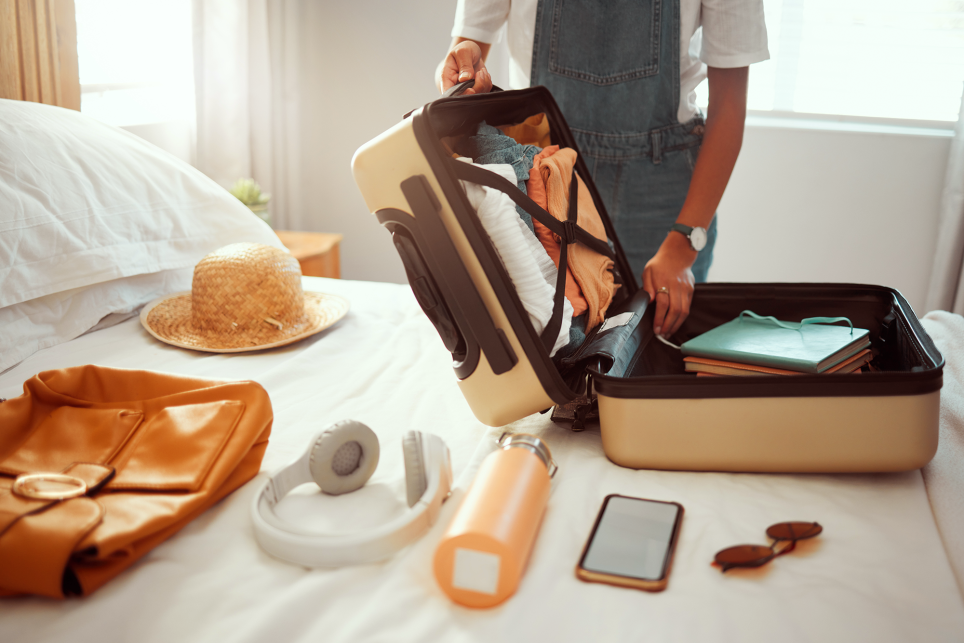Lithium-ion batteries are everywhere, powering your smartphone and laptop, your wireless headphones, your portable charger, your e-bike, your electric vehicle, and even your electric toothbrush. Your home may even be receiving energy from a residential battery electric storage system, or one run by your local power company. However, this type of technology is not without risk. Although usage is widespread, there is still a significant lack of awareness among consumers of what lithium-ion batteries are and which products they are in, according to a 2023 study by UL Standards & Engagement.
What risks do lithium-ion batteries present?
- Damaged or malfunctioning lithium-ion batteries may slip into thermal runaway, an uncontrollable, self-heating state that can end in fire.
- Counterfeit batteries pose a higher threat to catching fire because they are operating at a lower quality than batteries that are branded, tested and certified.
- Fires caused by lithium-ion batteries are faster and more aggressive than other fires.
How can standards reduce the risk of thermal runaway?
ULSE has published more than 80 standards that aim to reduce the risks associated with lithium-ion batteries and the devices that rely on them. These include standards for fire alarms and signaling systems, grid energy storage, tools and industrial supplies, drones and robotic equipment, electric vehicles and e-mobility devices, audio/video and virtual reality equipment, and household electronics and appliances. These standards include specific construction and performance requirements tailored to each device – designed to address the environmental, mechanical, and electrical hazards they may encounter during normal use.
Additionally, our standard for battery fire containment products helps ensure airline personnel can safely contain lithium-ion battery fires that occur on airplanes. And our standard for repurposing and remanufacturing batteries helps define processes for preventing usable EV batteries from adding to the accumulation of e-waste.
Click below to learn more about how standards reduce risk from the sidewalks to the skies:
- Driving E-Mobility Safety Through Standards
- Guiding the Safe Development of EV Technology
- Mitigating the Potential Disaster of Battery Fires during Flights
How you can get involved
Safety standards require input from diverse stakeholders. Learn how you can get involved in our standards development process and apply to join a technical committee here.
Fast Facts
UL Standards & Engagement’s March 2024 survey found that 49% of U.S. adults admit to knowing nothing or are unsure about their familiarity of lithium-ion batteries.
Additionally, 44% of U.S. adults are unaware of the risk associated with lithium-ion batteries.
40% of U.S. adults admit to using the most affordable replacement chargers or batteries regardless of manufacturer.
There is considerable confusion around the disposal of old batteries, as 33% of U.S. adults admit to throwing away their old lithium-ion batteries in the trash, while 29% say they typically mix lithium-ion batteries in with other recyclables.




